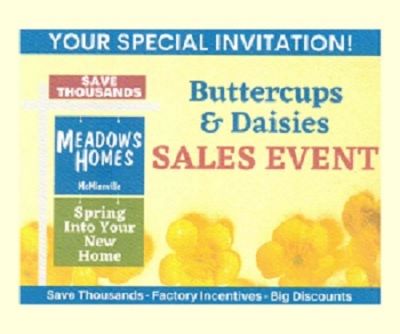The other night, I watched an Animal Planet documentary about crows, which tells you something about my social life, but that’s another subject for another time, and was amazed at how intelligent they are.
One crow used a stick to reach inside a cage and rake out a piece of food. When the food was moved further away, the crow used a longer stick.
That’s impressive.
Seeing such a display of common-scene intelligence makes you want to nominate a crow for Congress.
It also brought to mind a story written years ago by humorist Ed Zern about the crow’s remarkable ability to count. If, for example, they see four hunters enter a blind and three come out, the crows realize that one hunter is still lurking inside.
Zern devised a complicated system to try to confuse the crows.
He shuffled hunters in and out of the blind in assorted multiples and in various odd/even combinations over ensuing weeks, requiring the crows to cipher increasingly complicated math problems.
He said that by the end of the season most of the birds had mastered basic arithmetic, some were solving complex algebra problems, and a few were into advanced calculus.
I don’t know if crows can memorize the multiplication tables but I do know that the ebony Einsteins are indeed smart.
In the farm country where I grew up, crows were a major pest. They were especially hard on freshly planted corn, hopping along the rows and pulling up the spouts as soon as they sprang up.
We hunted them year-round.
I had a crow call and got pretty good at tooting crow jazz. I could lure in a flock of crows and get them circling overhead in a cawing frenzy like shoppers at a blue-light special.
But after the first shot they were gone, and few of them would respond to the call a second time.
They were fast learners.
Back when I used to crow-hunt I didn’t do much damage. The birds were wise and wily and if you knocked one out of a flock the rest tended to keep out of gun range.
To be honest, I always felt a bit guilty about shooting crows, even if they did do a number on our cornfield.
The birds aren’t edible (even though I’ve eaten lots of crow, figuratively speaking, over the years) and I’ve never liked the idea of whacking any critter just for the whacking.
Besides, when a crow raids a cornfield he’s just being a crow. What’s he supposed to do for lunch, go through the drive-thru at McDonalds?
I live in the suburbs, and the surrounding woods are home to a murder of crows. (Yes, a flock of crows is called a “murder.”) The crows are constantly harassing the hawks and owls that share the forest with them. Ornithologists don’t know why, exactly, but there’s always been bad blood between crows and other birds. They’re the Hatfields and McCoys of the bird world.
During the fall when I bring home a deer for processing, the crows quickly flock in and settle into the overhead branches, eagerly awaiting the scraps they know I’ll leave for them.
They’re fascinating to observe – cocky and crafty and dressed head-to-toe in formal black, like ballroom dancers. You can see the intelligence radiating from their bright, beady eyes.
I enjoy the pleasure of their company, and I grudgingly admire the fact that they’re a lot better at math than I am.
They’re probably smarter than me in a lot of other ways, too, but they’re polite enough not to crow about it.






